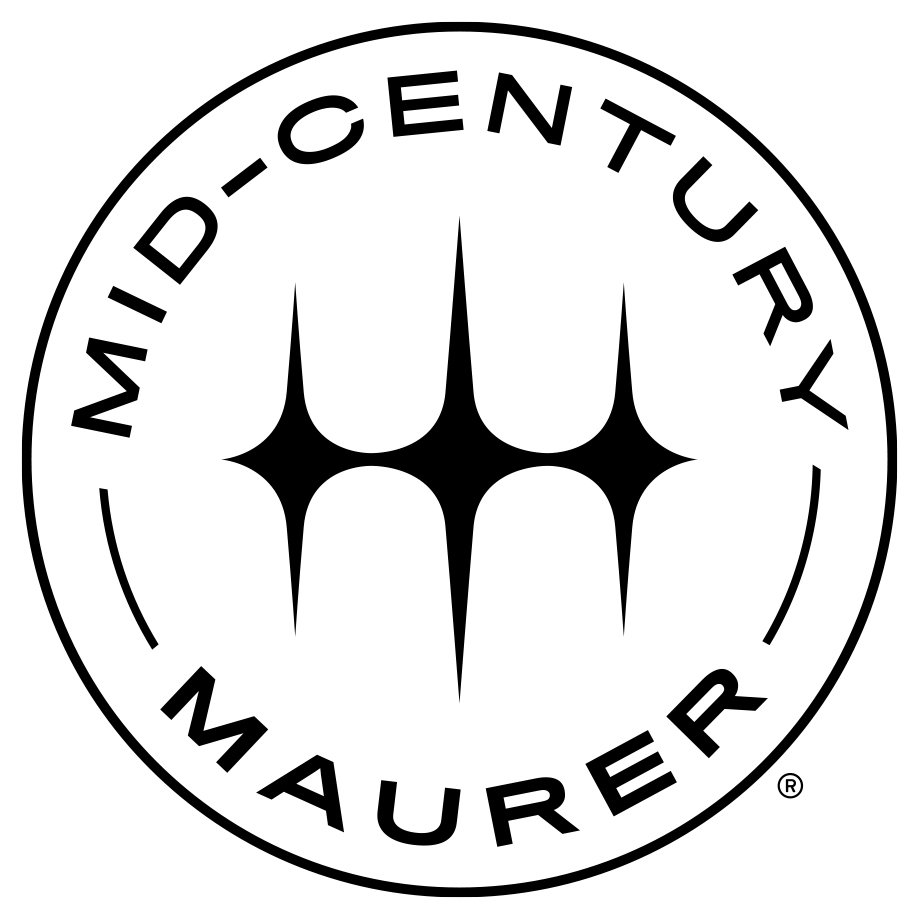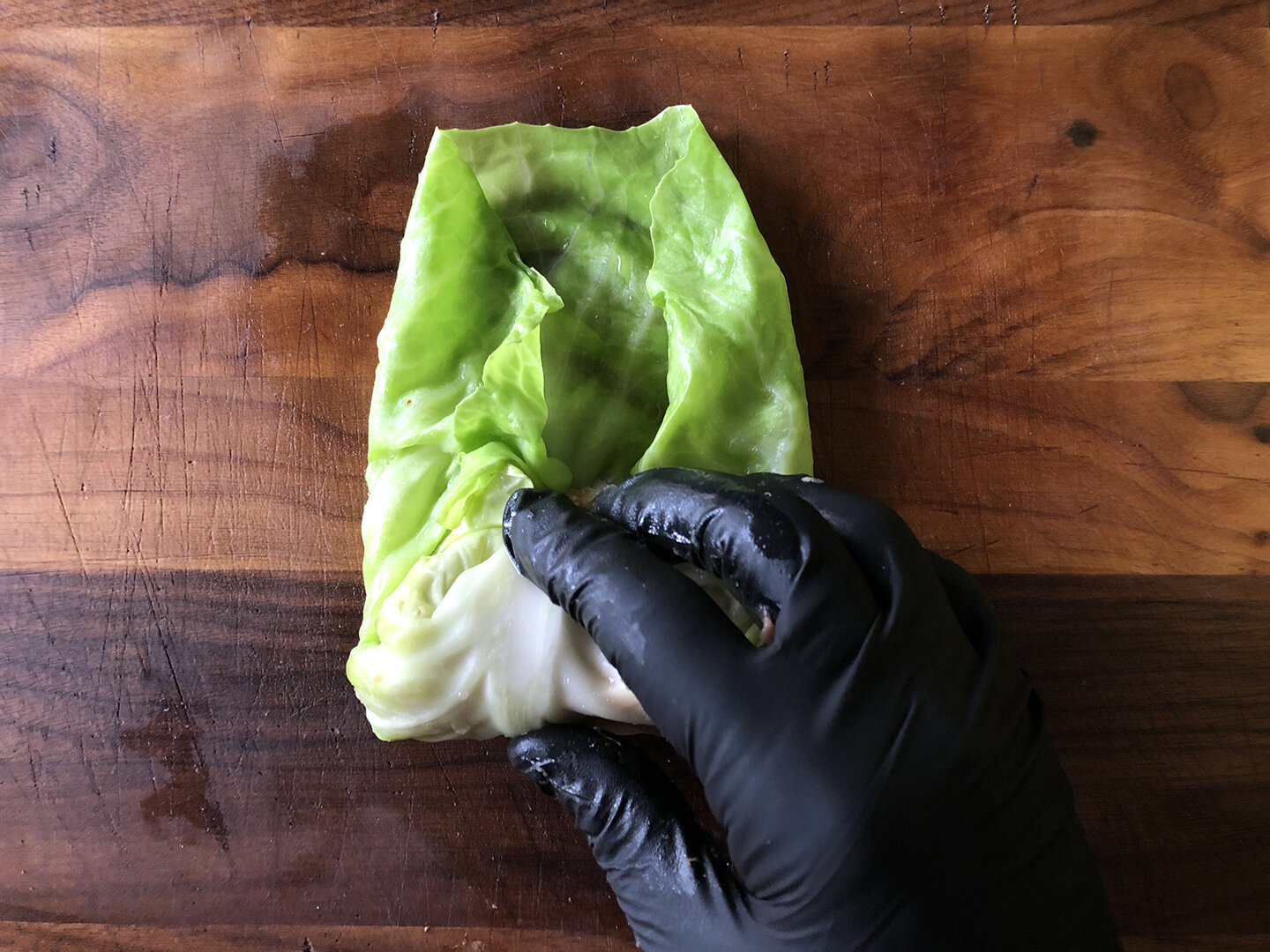All-Star Cast

When it comes to cooking, the right tools make all the difference. For me, Le Creuset’s enameled cast iron has always been a front-runner for cooking vessels. Their vibrant assortment of color options undeniably command attention, but the story goes much deeper.
The Crucible
A ceramic or metal container in which metals or other substances may be melted or subjected to very high temperatures.
The name Le Creuset [lə • kro͞o-say], or “the crucible” is just that — a ceramic or metal container in which metals or other substances may be melted or subjected to very high temperatures. Back in 1925, Le Creuset was formed by two Belgian innovators, Armand Desaegher, a casting specialist, and Octave Aubecqtheir, an expert in enamel coatings. In just one year, the two men opened the Le Creuset foundry in Fresnoy-le-Grand, Aisne, France. This location was chosen for its ideal positioning along major transportation routes for iron, raw coke, and sand — essentials for the perfect cast iron recipe. At a time of great innovation and celebration in the culinary world, the company put their focus on high-quality cooking vessels, creating their signature, round coquette. As with every Le Creuset piece, artisan craftsmanship, tradition, and handmade quality are readily seen (and felt), bringing both success and joy to the cooking experience.
Industrial Revolution
With decades of success behind them, Le Creuset partnered with renowned mid-century designer, Raymond Loewy in 1958 to create the coquelle (oblong oven), saucier, and wood handle skillet. Loewy’s unparalleled career spanned from the art deco era through the later years of the mid-century movement. Designing everything from transportation, housewares, architecture, logos, and even spacecraft — Loewy was a creative genius without limitations, rightfully earning the title “Father of Industrial Design”.
Studebaker Avanti sketch by Raymond Loewy
Le Creuset limited edition re-release coquelle design (2014)
Original 1958 coquelle in flame orange from France
In 2014, Le Creuset celebrated Loewy with a re-release of his classic design cookware trio. I acquired a turquoise set when they launched, and they are truly wonderful. The subtle curves and bold colors of this collection are a vintage-inspired dream come true. Throw in even temperature cooking with easy cleanup, and you really have a masterpiece. Some of the re-release pieces are still available through online auctions, so if you’re looking to splurge on some new tools for your own culinary creations, take a look! With a little research, I was able to track an original 1958 coquelle direct from France. The iconic flame orange color and enamel are in superb condition inside and out, and there’s something so comforting and nostalgic about having a piece from where it all began. All these years later, Le Creuset quality proves its worth, and continues to function just as beautifully as the day it was made.
Mon Petit Chou
In celebration of this signature design, I’ve whipped up one of my favorite family recipes, cabbage rolls, to share with you. Battle the lingering winter chill, and enjoy the benefits of using your Le Creuset cookware to make this tasty comfort dish. This recipe makes a lot, so be prepared to freeze a few and thaw on a day when you need a quick meal. Cheers to cooking in mid-century style!
Cabbage Rolls
Prep: 30 min. | Cook: 3 hr. | Serves: 15-20
INGREDIENTS:
1 lb. ground beef
1/2 lb. hot Italian sausage
1 egg, well beaten
1/3 c. white rice or orzo
1/3 c. bread crumbs
1/2 med chopped yellow onion
1/2 tsp. black pepper
1/2 tsp. kosher salt
1/2 tsp. garlic salt
15 oz. tomato sauce
15 oz. water
1 qt. sauerkraut, drained
1 head cabbage
DIRECTIONS:
Preheat oven to 350°.
Fill 7 qt. coquette halfway with water, and bring to a low boil. Reduce heat to simmer.
Mix ground beef, sausage, eggs, rice, bread crumbs, onion, salt, pepper, and garlic salt in large bowl. Set aside. Tip: Wear latex gloves to keep your your hands from getting messy.
Place 1 c. sauerkraut evenly in bottom of 5 qt. French oven (coquelle). Set aside.
Remove and discard cores from cabbage heads and place heads in boiling water. Use a long meat fork to pull off leaves, one by one. Gently cut out and discard the center vein. Place approximately 1/4 c. of meat filling toward the bottom of each leaf. Note: larger leaves may require more filling, smaller leaves may require less.
Fold outer edges of the leaf inward. Roll leaf from the bottom, keeping outer edges tucked in. Repeat for remaining leaves and filling. Tightly pack finished rolls in coquelle, layering with sauerkraut as you go. Top the last layer with sauerkraut and any remaining leaves chopped up. Mix tomato sauce with water, and pour over cabbage rolls.
Cover with lid and bake for 3 hours. Serve hot with mashed potatoes or steamed rice.












![Colorful Past[a]](https://images.squarespace-cdn.com/content/v1/5841f9e329687f59fe4d7afa/1717972459872-SADAVHVITYG2DX25FXX0/MCM_PyrexColoredBowlSetStack_Feature.jpg)
